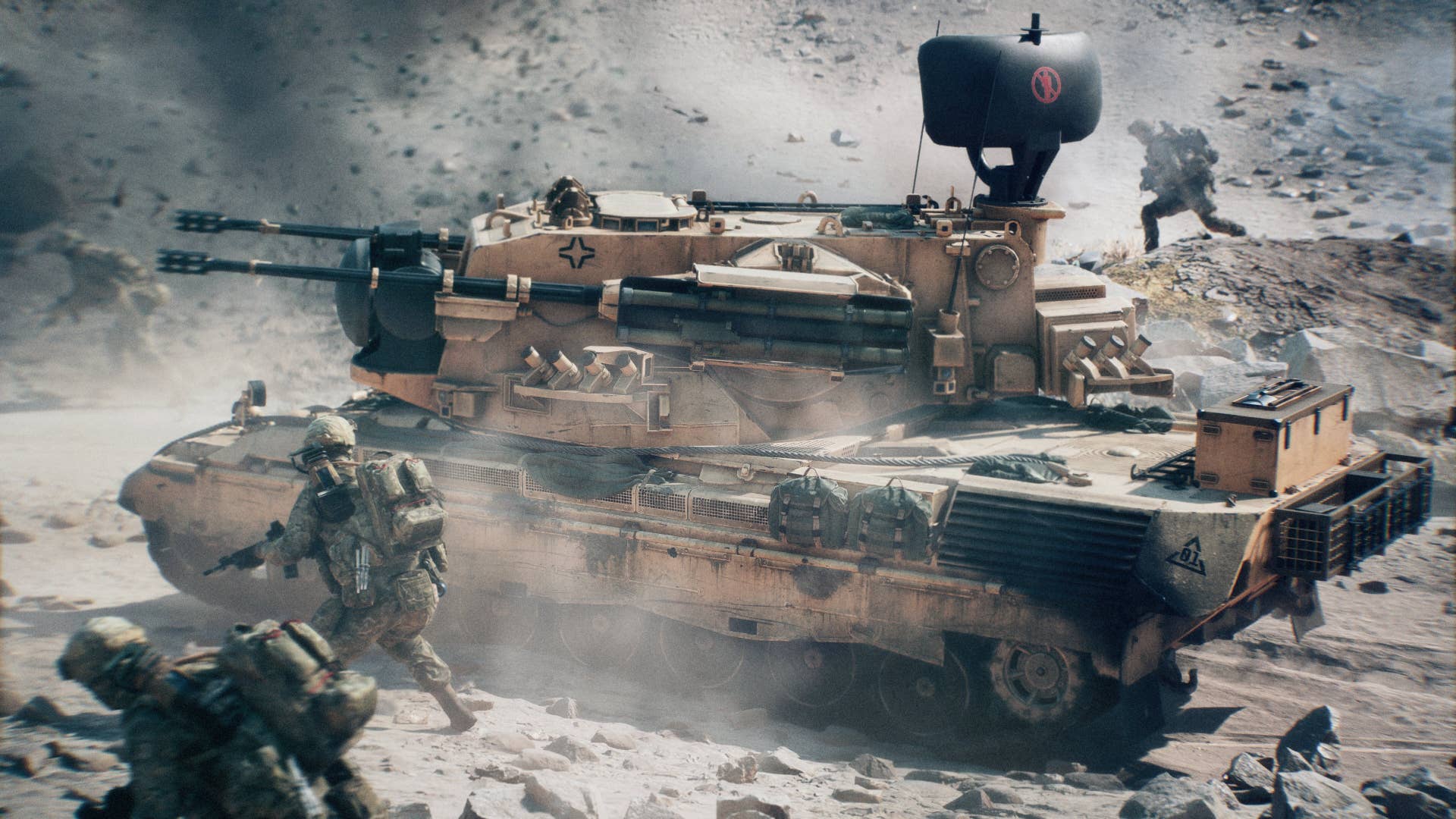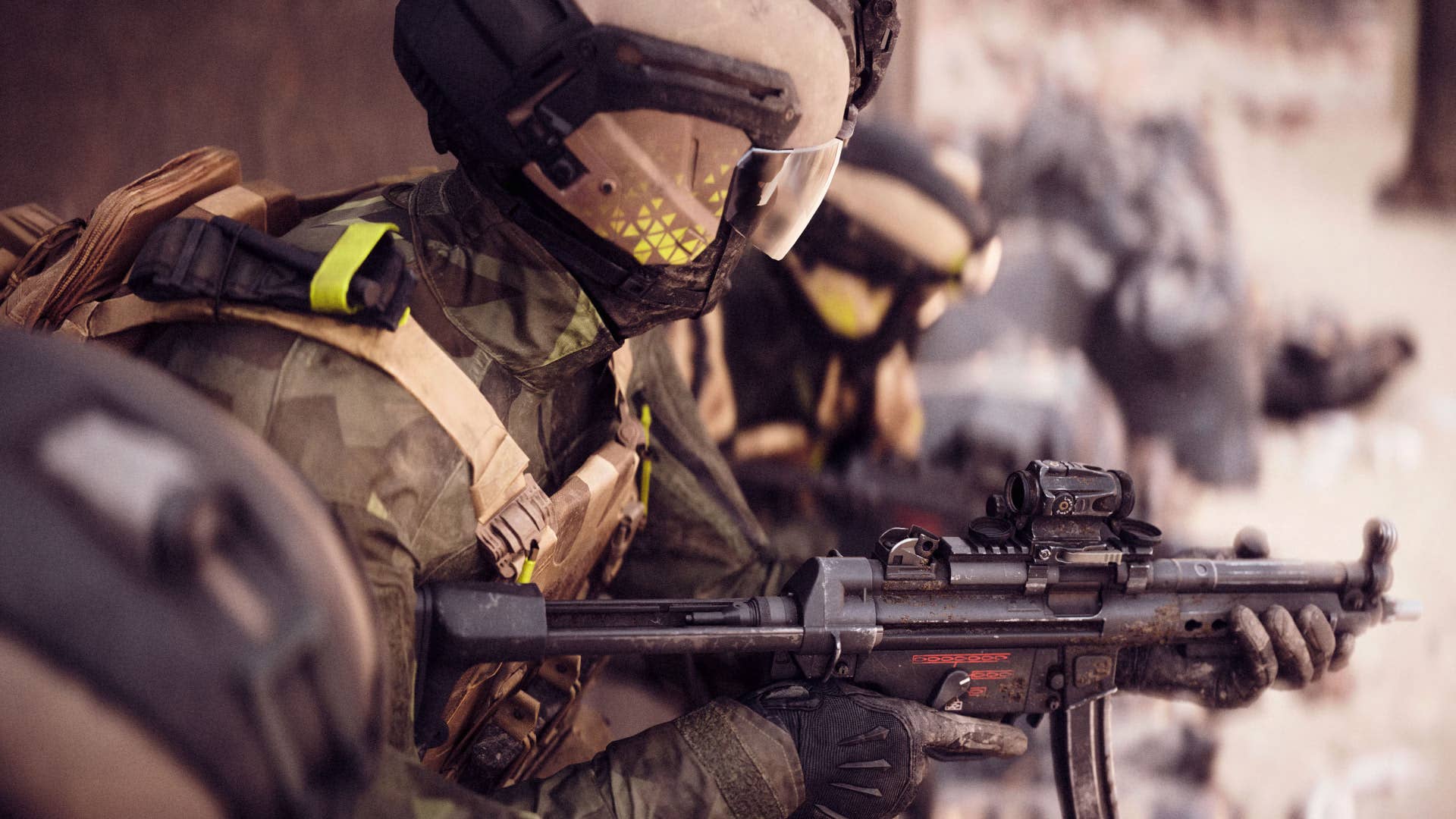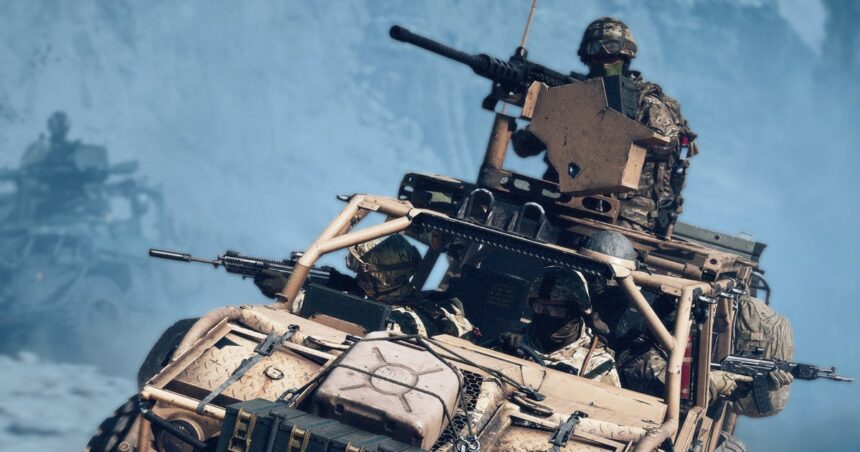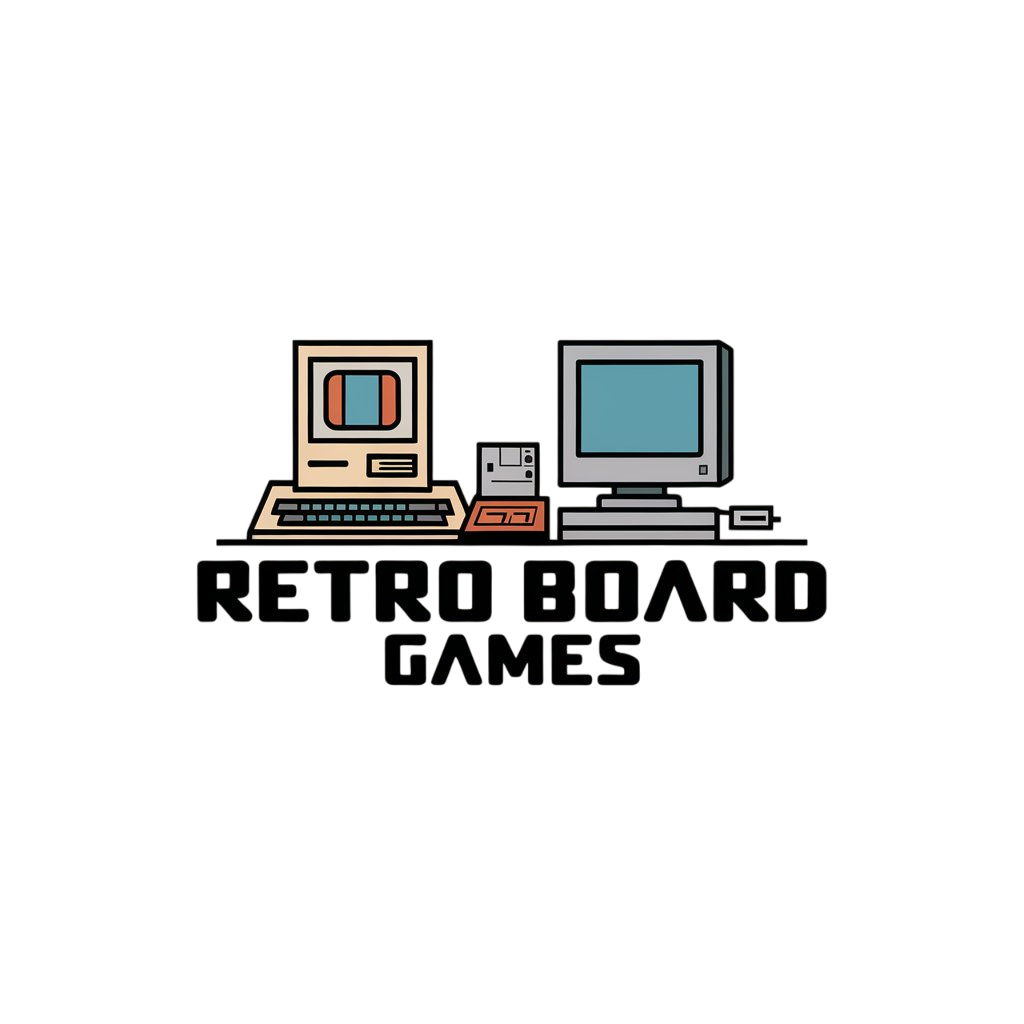You really don’t have to look far to find all sorts of praise for the Battlefield 6 beta’s first weekend. Longtime series fans – and anyone who got caught up in the hype and was convinced to try out the beta – have a lot of kind things to say.
My love for Battlefield started with BF2, and I’ve been covering Battlefield games for well over a decade – and it’s never been easier to predict that a Battlefield game is going to be a Big Deal than now. My worry is that, in (seemingly) doing so, it’s already traded off part of its identity for a bigger bite at that wider audience pie.
That said, I promise I’m not here to gatekeep my precious shooting game or protect some sort of artistic innocence from the corruptions of capitalism. Battlefield 6 is a last hurrah for a beleaguered franchise from a hit-starved publisher; it’s going to do – and say – all it can to convince the largest number of people to care. There’s nothing any of us can do to stop it from going down certain paths or making certain decisions in pursuit of that goal. Fighting over concepts, over integrity – or even the series’ identity – is probably futile. That, however, won’t stop me from arguing that there should be some core Battlefield identity to keep around anyway.
My biggest issues with the Battlefield 6 beta are ironically both the result of the same mantra guiding them: in order to make the Battlefield formula more accessible to the millions of players who aren’t interested in learning it, DICE and EA must cut down on as much of the friction as possible.
That brings me to the first issue I’ve found myself having with it from the beta so far. Opening classes up to allow all of them to use any weapon is – and has always historically been terrible for Battlefield’s class balance, and likewise for the value each class is supposed to offer. That said, it’s also going to make it much easier for many – likely the majority of – players to pick up the game without having to worry about a limitation most popular shooters do without.
That was borne out in my time with the beta, but one thing I didn’t expect was how map design would also suffer as a result of chasing those same goals.
The most succinct way I can say this is: there aren’t enough Battlefield maps in Battlefield 6. Or rather: the maps we’ve seen so far all feel like far too much of the same thing. Yes, it’s a beta with a limited roster, but these maps were chosen to highlight a certain side of the game; to sell it to the audience that EA wants to convince to buy the full thing.
It’s not a coincidence, then, that practically all of them offer the same kind of close-quarters, chaos-per-minute experience that looks good in trailers, and creates the sort of exciting moments no other triple-A multiplayer shooter can. Some of the maps are more intentionally equipped for that than others, of course, such as the hectic Iberian Offensive and Siege of Cairo, but it’s clear that time-to-combat is a metric that’s guided the designers’ hands.
Let’s take Liberation Peak. This is the only map in the beta with the full complement of the combined arms gameplay Battlefield is known for. It’s big enough to allow for two jets, two helicopters, an anti-air vehicle, and multiple tanks and IFVs. On paper, there’s no mistaking it: this is a Battlefield map.
Play it for a few hours on Conquest, however, and you’ll start to see that it doesn’t actually flow that differently from Siege of Cairo or Iberian Offensive. Engagements are about as frequent as they are in those maps. The wider space and larger number of vehicles only really means you have more opportunities to partake in the action, albeit a slightly different flavour of it.

The true, classic Battlefield maps, by contrast, are characterised by the sort of quiet time that these days can only be found in classic battle royale or extraction shooters. You might run around for three minutes only to get immediately killed by a sniper in a perch somewhere on your way to an objective. But that scarcity also meant that coordinated squad pushes – especially alongside armour – were adequately rewarding, and sometimes necessary to secure key positions. You need the downtime to give extra emphasis to the chaos when it comes.
In developer interviews following the Battlefield 6 multiplayer reveal, and in official material, something that kept coming up was these so called ‘combat zones’, which are essentially the building blocks of each map. The stated goal is to make sure that every map can play well in every mode. For instance, a small section around two building blocks would be chopped off for the TDM or Domination variant, whereas Conquest would have the larger, full layout that includes the whole map. That isn’t necessarily a bad way to approach map design, but in my early time with it in the beta, it seems to have had an adverse effect on the flow of combat.

In essence, all maps sort of play the same way. There’s always a large alleyway or street that breaks off into smaller corridors or side streets. Sometimes these paths are more layered and porous, with building interiors mixed in. Other times they’re simple enough to see from an overhead camera. There’s a sense that engagement frequency has been overoptimised – at least in the beta maps we’ve seen so far – in pursuit of an environment where something is constantly happening. A map like Siege of Cairo clearly benefits from that, but what we don’t want, if this is to feel truly ‘Battlefield’, is every map to be a larger Cairo with some air vehicles.
Operation Firestorm’s return in Battlefield 6 is welcome, at least. A remake of a classic here seems almost like an attempt at allaying those fears of same-ness in advance. The worry, however, is if this turns out to be a sticking plaster in place of properly new, original maps in the same vein. There’s still a decent chance the launch version will have enough map variety that I’d look back on these thoughts and smile, of course, but the choice of maps in the Battlefield 6 beta is a strong statement. For the moment I’m just not sure it’s one I could get behind.






